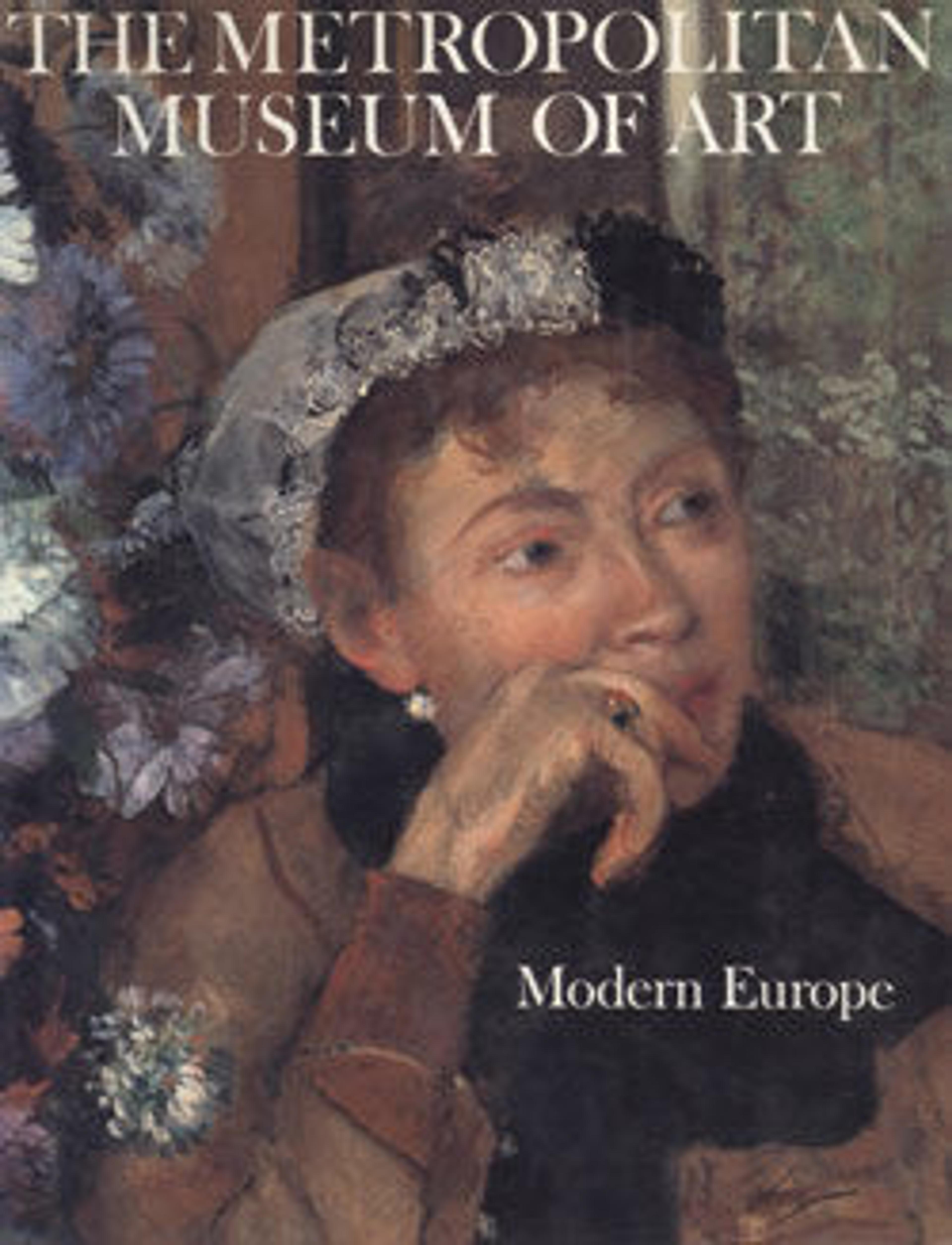Henry, Seventh Avenue
David Hockney, one of the best-known British artists of the post-World War II era, first gained recognition for his Pop Art-related work of the 1960s (although he never succumbed to that movement's consumerist, media-oriented imagery). Although his career began in London in the late 1950s and he remains a British subject, he has lived and worked for extended periods in the U.S., particularly New York and Los Angeles, and thus has had considerable influence on American art. Hockney's versatility in a variety of media-painting, drawing, printmaking, photography, and theater design-reflects an affinity for figurative art. This realism, however, has always been combined with a deft gestural touch and a lively sense of decoration.
While his paintings are often large in size and brightly colored, his drawings, which are executed as independent works of art, are on a much more intimate scale and show his subtle mastery of draftsmanship and portraiture. This work is one of several he did of his friend and mentor Henry Geldzahler (1935–1994), a great proponent of contemporary art and curator of modern art at The Met from 1967 to 1977. Executed on paper with colored crayon, the drawing has the look of a spontaneous caricature, but aptly captures the sitter's likeness and character. Geldzahler's portly physique fits snuggly inside the cube-like chair. His relaxed pose (cigar in hand) and casual outfit (wearing one of his many print shirts) convey an ease and familiarity that are as much a result of his personality as they are of his friendship with the artist. Hockney's autobiographical references in his choice of subject matter make his art a personal diary of where he's been and who he's seen.
While his paintings are often large in size and brightly colored, his drawings, which are executed as independent works of art, are on a much more intimate scale and show his subtle mastery of draftsmanship and portraiture. This work is one of several he did of his friend and mentor Henry Geldzahler (1935–1994), a great proponent of contemporary art and curator of modern art at The Met from 1967 to 1977. Executed on paper with colored crayon, the drawing has the look of a spontaneous caricature, but aptly captures the sitter's likeness and character. Geldzahler's portly physique fits snuggly inside the cube-like chair. His relaxed pose (cigar in hand) and casual outfit (wearing one of his many print shirts) convey an ease and familiarity that are as much a result of his personality as they are of his friendship with the artist. Hockney's autobiographical references in his choice of subject matter make his art a personal diary of where he's been and who he's seen.
Artwork Details
- Title:Henry, Seventh Avenue
- Artist:David Hockney (British, born Bradford, 1937)
- Date:1972
- Medium:Colored pencil and wax crayon on paper
- Dimensions:16 3/4 × 13 15/16 in. (42.5 × 35.4 cm)
- Classification:Drawings
- Credit Line:Gift of Henry Geldzahler, in memory of John J. McKendry, 1979
- Object Number:1979.546
- Curatorial Department: Modern and Contemporary Art
More Artwork
Research Resources
The Met provides unparalleled resources for research and welcomes an international community of students and scholars. The Met's Open Access API is where creators and researchers can connect to the The Met collection. Open Access data and public domain images are available for unrestricted commercial and noncommercial use without permission or fee.
To request images under copyright and other restrictions, please use this Image Request form.
Feedback
We continue to research and examine historical and cultural context for objects in The Met collection. If you have comments or questions about this object record, please contact us using the form below. The Museum looks forward to receiving your comments.
